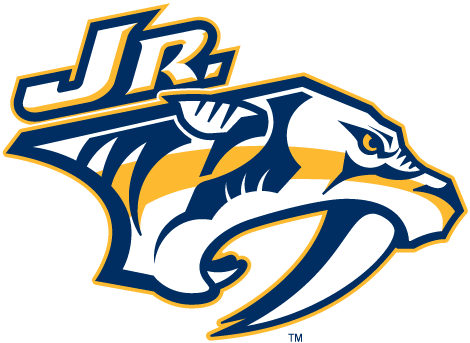
5 ways to fight hunger and fuel on-ice success
5 WAYS TO FIGHT HUNGER AND FUEL ON-ICE SUCCESS
It’s easy to miss mealtimes between games, work, commute, kids – you name it. But when you’re on the ice, your body is working really hard, and deserves better.
“Carbohydrates are the main muscle and brain fuel during high-intensity training and competition, so getting the right type and amount of carbs at the right time optimizes energy levels and concentration,” said U.S. Women’s National Team dietician Carrie Aprik, MS, RD, CSSD. “In addition, adequate fluid and electrolytes help maintain hydration status, regulate heart rate and blood pressure, and manage body temperature.”
So what is the true recipe for success? It all boils down to sleep, water and a steady stream of healthy meals and snacks.
“To optimize energy, I ask athletes to eat every 3-4 hours,” she said. “Going long periods of time without eating is a really common mistake athletes make with their diets.”
Of course, it doesn’t matter how often you eat if you’re not eating correctly. Here’s what to scarf down if you’re in a time crunch and need a quick pick-me-up:
▪Between periods: Applesauce, fruit chews, Gatorade, Clif Z Fruit Ropes, fruit leather, bananas, orange slices.
▪Between games: Chocolate milk, peanut butter and jelly sandwiches, sport/granola bars (Clif, Luna, Nature Valley, RX), trail mix, fruit, cereal.
And although you might have more time to eat after games and at night, athletes still need to make smart choices.
“In the post-training recovery period, taking in carbs, fluid, electrolytes and protein refuels energy stores, replaces fluid losses, and repairs muscle tissue,” Aprik said. “These nutrients speed recovery, reduce muscle soreness, and restore energy levels to help your body adapt to your training and be energized for the next training session.
“Having a really high fat meal – things like cheeseburgers, mac and cheese, chicken fingers, French fries – before or after training is another common mistake people make,” she continued. “Dietary fat takes a long time to digest, so if you have a big bowl of mac and cheese before you get on the ice, it’s going to sit in your stomach and probably make you feel pretty uncomfortable.”
Save the fatty fast food for another day and opt for wiser choices like these:
1. Fresh fruit
Benefits: Aids performance, because of its carbohydrate, water and potassium content; contains a slew of nutrients (vitamin C, vitamin A, antioxidants) that help with muscle and soft tissue recovery.
2. Wild-caught salmon
Benefits: Rich in omega-3 fatty acids that can decrease inflammation; Have been shown to improve aerobic performance, and are beneficial for the brain.
3. Low-fat chocolate milk
Benefits: Perfect for post-training/games because it contains all the necessary recovery nutrients: carbs, (whey) protein, fluid and electrolytes. Cheap, easy to find and tastes good.
4. Whole grains
Examples: Brown rice, quinoa and oats
Benefits: Rich in B vitamins that assist in the energy production process. High fiber content keeps the gut healthy so it can absorb nutrients effectively.
5. Lean proteins
Examples: Chicken or turkey breast, sirloin, ham, eggs
Benefits: Rich in iron and zinc for red blood cells and oxygen delivery to muscles. Also boosts immunity and assists in repair, maintenance and growth of lean muscle mass.
Understanding the buzzword ‘superfoods’
You’ll see we haven’t used the trendy term “superfood” in this article (until now). That’s because there’s no standardized definition for it – and it’s really just a trendy buzzword, Aprik said.
“‘Superfoods’ typically refer to foods that are extremely high in nutrient content and are thought of as having health benefits beyond ‘normal’ foods,” she said. “These are typically brightly colored plant foods like berries, sweet potatoes, kale and pomegranate.
“In reality, ‘superfoods’ has been used and abused as a fancy marketing term to sell products and overhype the benefit of foods and food products,” Aprik continued. “While it’s true that more brightly colored foods tend to contain more vitamins, minerals, antioxidants, there’s no magic food that will cure disease, stop aging or miraculously energize a person.
“A well-balanced, plant-rich diet over time leads to the optimal health and performance, not a single food.”



